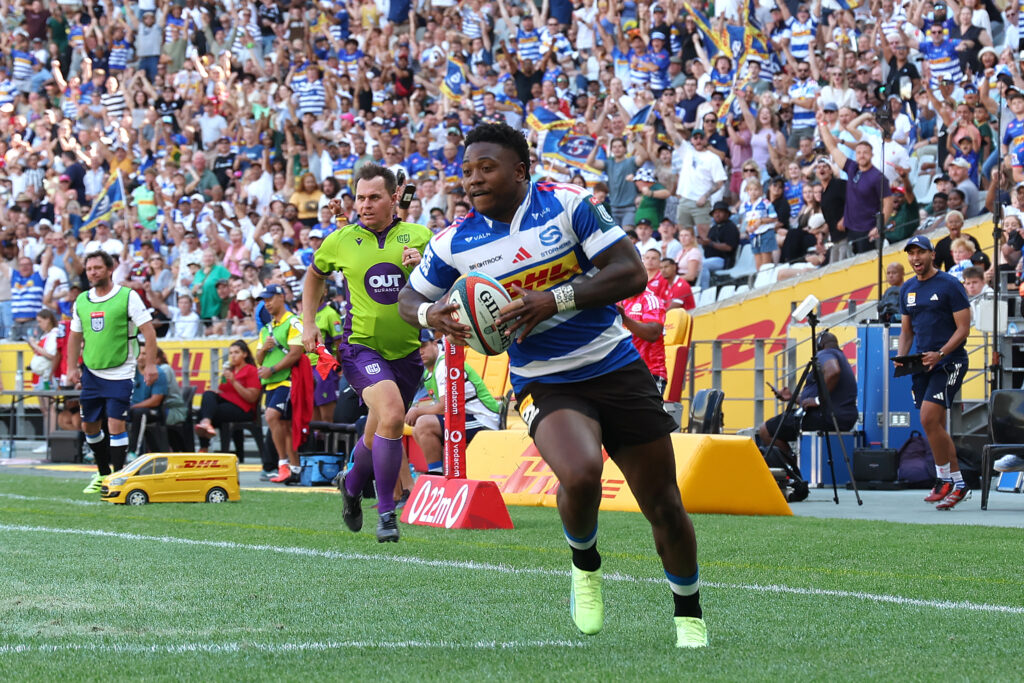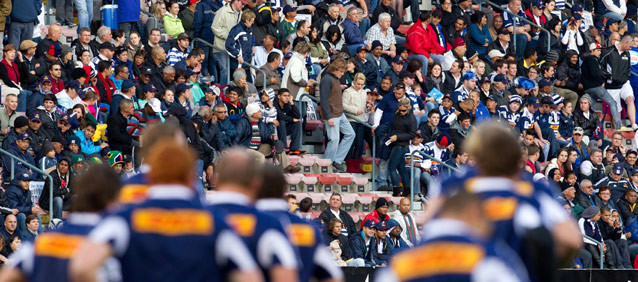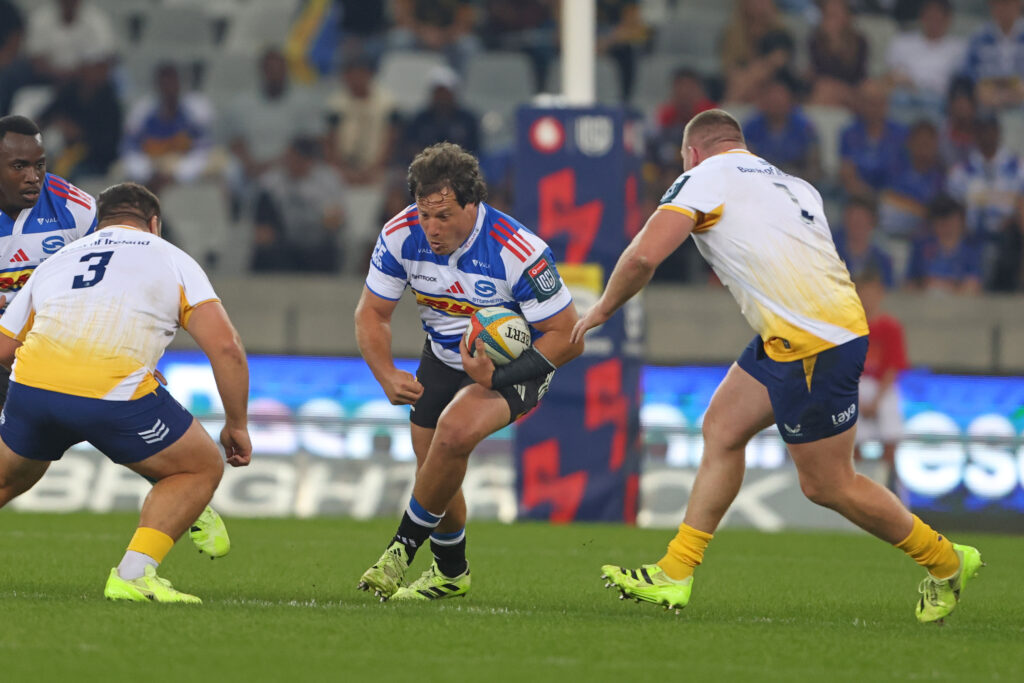Click here to download the 2011 Super 15 fixtures.
At a televised launch event in Sydney, new Sanzar CEO-designate, Greg Peters, unveiled the new name, logo and colours that will underpin the rollout of Super Rugby across all three Sanzar territories and around the world via Sanzar’s broadcast partners.
“For the first time since its inception in 1996, Super Rugby will take on a whole new look in 2011,” said Peters.
“The 15 teams will take part in a three-conference format which will see all of the teams in each conference tackle each other home and away; supplemented with inter-conference games and culminating in a new, six-team finals series.
“We believe this competition will deliver even more of what our fans in South Africa, Australia and New Zealand are telling us that they love about Super Rugby including more local derbies, intense cross-conference competition and the expanded final series with the guarantee of a home final for each of the conference winners.”
Peters was joined for the launch by players from some of the Australian franchises including the new Melbourne Rebels franchise.
And the new-look competition format and the draw for 2011 were revealed underlining the depth and intensity of competition that will take place within the conferences, and across all 15 teams in the new competition window which will reach its peak with the Final in July 2011.
“These changes promise to take Super Rugby to a whole new level. For all of our fans and especially our younger fans who look forward seeing all of their heroes taking the field in their local colours, 2011 will be a big year in prospect.”
NEW COMPETITION FORMAT
The Super Rugby competition will not only expand to 15 teams in 2011, it will also undergo a significant format revamp.
A new three-Conference system will be in place where the five teams within each country will make up nationally-based Conferences and play their four “local” rivals on a home and away basis (eight games in total).
They will also play four of the other five teams in each of the other two Conferences on a home or away basis (another eight games).
This leads to an overall programme of 16 games per team in the regular season, as opposed to the current 13 — and separate Australian Conference, South African Conference and New Zealand Conference tables will chart the fortunes of teams in each country.
A three-week finals series involving six teams — as opposed to the current two-week playoffs for four teams — will further increase the length of the season.
At the end of the regular season matches, the top team in each Conference will qualify for the finals.
The other three teams to qualify will be the sides with the most number of competition points — regardless in which Conference they are based.
The Conference winners are also ensured of a home finals match. Therefore, at least one finals match will be played in each country each year.
SUPER RUGBY SNAPSHOT
An increase in overall matches from 94 to 125 (an increase of 33%)
A 50% increase in the length of the season in non-World Cup years — from 16 weeks to 24 weeks
A 31% increase in the length of the season in World Cup years — from 16 weeks to 21 weeks
40 Super Rugby regular season matches played in each country each season as opposed to 26 in Australia under the Super 14 structure and 32 or 33 in South Africa and New Zealand
There will be 20 regular season local derbies in each country as opposed to six in Australia, 10 in South Africa and 10 in New Zealand under the Super 14 format
Half of all regular season matches will be local derbies
Each team will play 12 of its 16 regular-season games within its own country — with only four matches overseas
FINALS SERIES FACTS
The top team in each Conference will automatically advance to the finals in positions one, two or three (depending on their individual competition points totals)
The other three teams to advance will be those with the highest number of competition points outside of the Conference winners
The teams qualifying in fourth, fifth and sixth can come from any Conference — they could all come from one Conference
In week one of the finals the teams qualifying first and second will rest
The third-placed team, as a Conference winner, will host the sixth-placed team in a sudden-death qualifier
The fourth-placed team will host the fifth-placed team in another sudden-death qualifier
The two winners will play the top two sides in semis the following week
The winners of the semis will meet in the final






